Search
Search Results
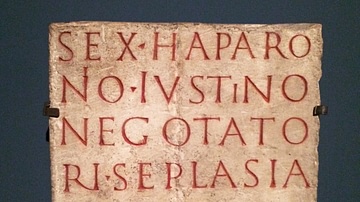
Image
Inscription on the Tomb of an Perfume Trader
Sextus Haparonius Iustinus was a "seplasarius" — a trader in perfumes and unguents — who lived in what's present-day Cologne, Germany during the 2nd century CE. When he died, his "brothers" erected a funeral monument of stone in his honor...
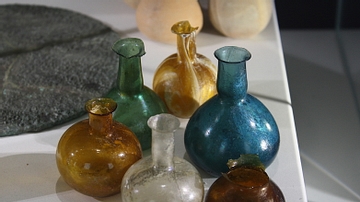
Image
Roman Coloured Glass Perfume Bottles
Roman glass perfume bottles from Tarentum, southern Italy. 1st-2nd century CE. (National Archaeological Museum of Taranto, Italy)
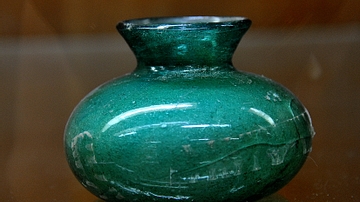
Image
Glass Perfume Container
This perfume bottle was found in Mesopotamia and dates back to the early Islamic period, 7th-9th centuries CE. The Sulaimaniya Museum, Iraq.
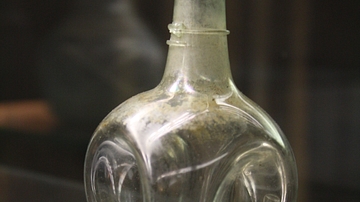
Image
Roman Bulbous Glass Perfume Bottle
Roman glass perfume bottle. 1st-2nd century CE. Provenance unknown. (Archaeological Museum of Pavia, Italy).
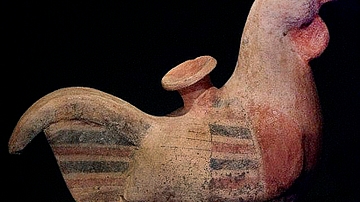
Image
Rooster Perfume Vessel
Perfume Vessel c. 540 B.C.E. excavated from the cemetery of Sindos, Greece. Currently housed in the Archaeological Museum of Thessaloniki, Greece.
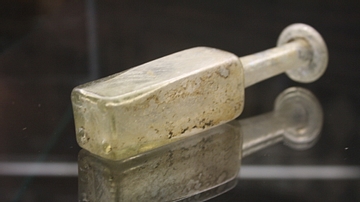
Image
Roman Opaque Glass Perfume Bottle
Roman glass perfume bottle. 1st-2nd century CE. Provenance unknown. (Archaeological Museum of Pavia, Italy).
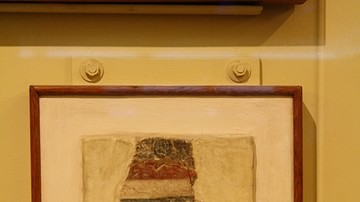
Article
Cosmetics in the Ancient World
The wearing of cosmetics and perfumes by both men and women goes back a very long way indeed as the ancients were just as keen as anyone to improve their appearance as quickly and as easily as possible using all manner of powders, creams...
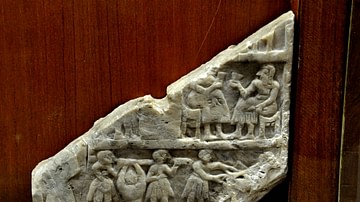
Article
Daily Life in Ancient Mesopotamia
Daily life in ancient Mesopotamia cannot be described in the same way one would describe life in ancient Rome or Greece. Mesopotamia was never a single, unified civilization, not even under the Akkadian Empire of Sargon of Akkad (the Great...

Definition
Judas Iscariot
Judas Iscariot was one of the original disciples of Jesus of Nazareth (d. c. 30 CE), one of the twelve apostles. For handing Jesus over to the authorities, as described in the gospels, he has become the epitome of the act of betrayal in the...
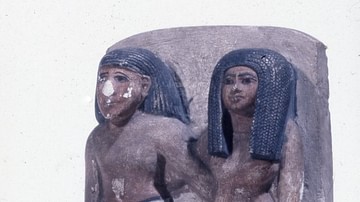
Article
Fashion & Dress in Ancient Egypt
Fashion in ancient Egypt epitomized the concept of simplicity and ease in movement and remained relatively unchanged in this regard for over 3,000 years. Clothing and footwear differed in ornamentation between the upper and lower classes...